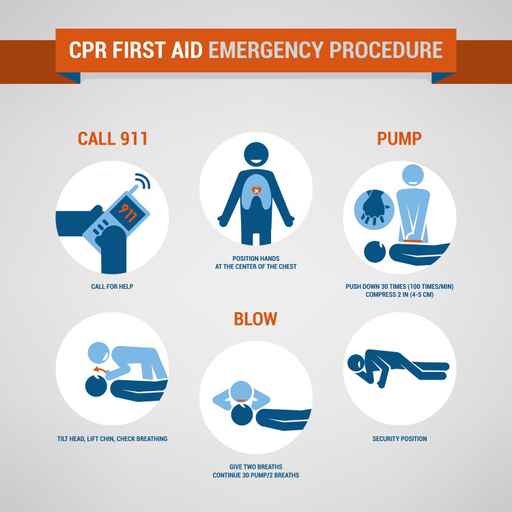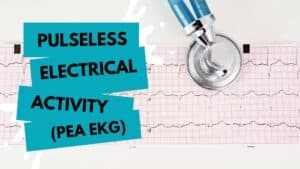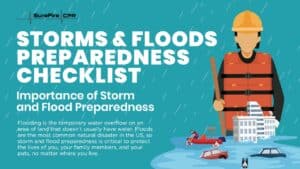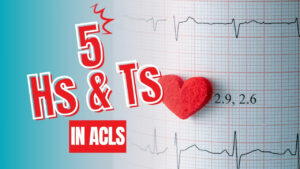As medical science evolves and our understanding of best resuscitation practices deepens, the guidelines for CPR training are updated every five years. The American Heart Association, in conjunction with the International Liaison Committee on Resuscitation (ILCOR), brings together experts from across the globe to develop new strategies and reach an ultimate consensus based on the current body of knowledge. When their findings are published, they form the basis of new training materials for all students of CPR – although these materials can take a little more time to be drafted and implemented. Changes, updates, and additions must be carefully understood and applied in order to give patients the best possible chance of survival in life-threatening situations.
What Kind of Changes Have They Made in the Past?
Guidelines have been updated every five years since the first were published in 1975. Often, the changes have been substantial – and of course, with a discipline that carries so many implications, even minor tweaks can have dramatic effects on care. In cardiopulmonary emergencies, every moment and every action carries great weight, and decisions have to be made as carefully as possible.
The current training materials used by SureFire CPR were updated in 2010, and include vital changes from the previous incarnation. Along with many smaller tweaks, the order of care was changed from A – B – C (Airway, then Breathing, then Compressions) to C – A – B, emphasizing the primary importance of heart function. The 2010 guidelines also revoked previous recommendations for applying cricoid pressure.
What Changes Can We Expect from the 2015 Guidelines?
Although we won’t know for sure until the release, there are a number of ideas discussed by experts in the intervening years that are likely to be included. For example, the 2010 guidelines started a conversation about the importance of ‘High Quality CPR’, meaning a more finely-tuned protocol. The ideal speed of chest compressions has been determined to be on the order of 100 to 120 per minute, and responders who don’t provide that specific level of care may not be doing all the good they can. There may well be a directive to normalize the rate of chest compressions, which will mean a more precise set of training guidelines down the line.
Some observers also expect a renewed emphasis on Return of Spontaneous Circulation (ROSC) practices. Since mortality rates have been so high for so long in the case of emergency cardiac events, this follow-up protocol has been deemed far less important for responders to master. But with outcomes improving all the time, it’s been suggested that this more nuanced level of care could become more popular in training programs. It’s the first step towards recovery after a life-threatening event, and it could go a long way towards returning victims to their normal lives more quickly.
How Do I Stay Prepared?
The 2015 Guidelines will be released to the public at large in October, and training organizations like SureFire CPR will be assembling training materials to disseminate the new findings as soon as possible. Check out the report yourself, or stay tuned for an updated course from SureFire CPR to renew your skills and keep up to date.











